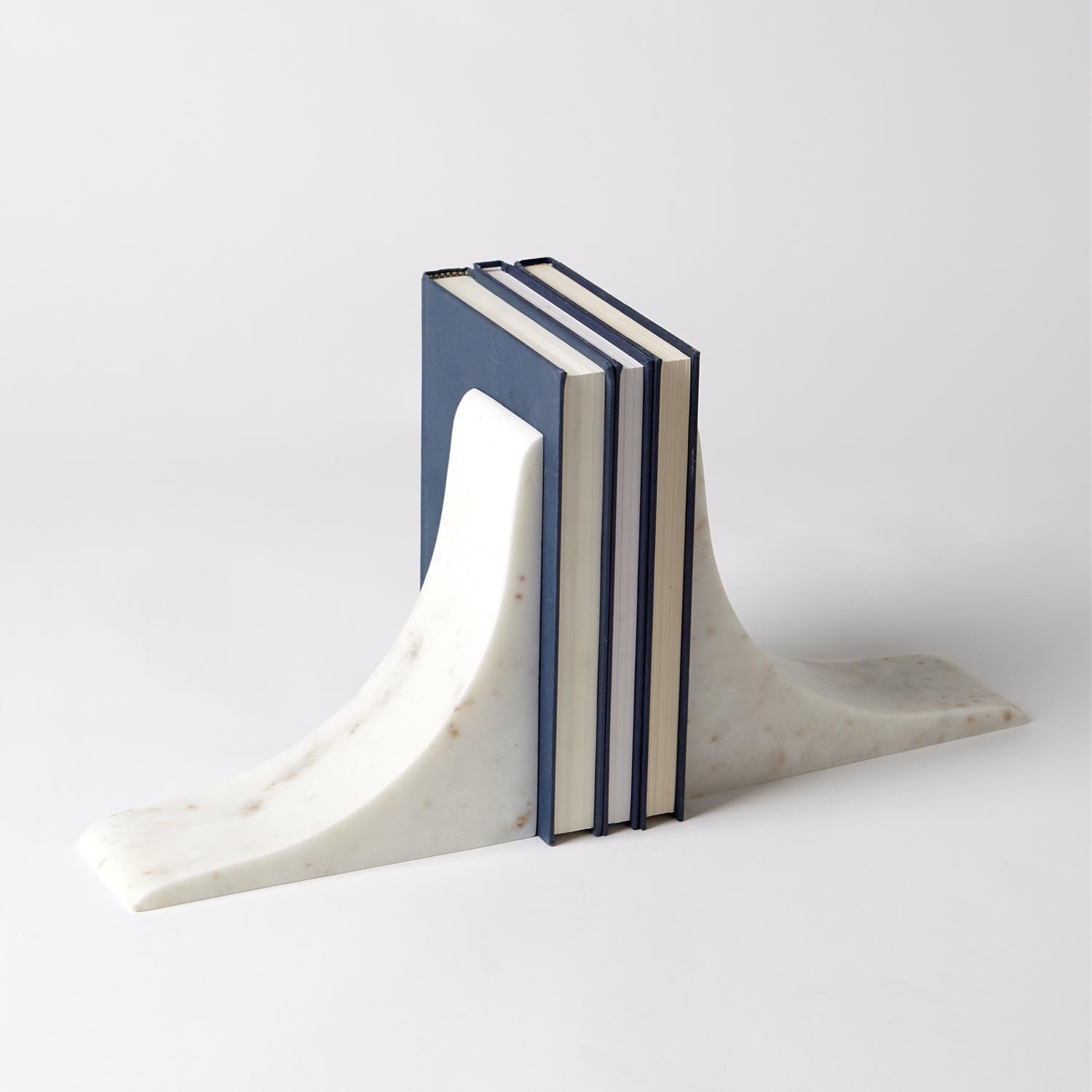

These classic Roman style heads offer the perfect storage solution for your book collection. Finished in theatrical black and white monochrome, making them perfectly versatile for any decor.Ĭreate a bold statement on your bookcase or sit them elegantly on your coffee table. Almost all patients treated with CDK4/6i + ET received care a high-volume center (91.3%, p = 0.11).Ĭonclusion:Our findings highlight key gaps for future investigations in the management of MBC and serve as a launching point for new patient-centered and quality-promoting research initiatives.Add a bit of drama to your interior with our striking pair of Roman head bookends in black and white.ĭisplay your favourite books beautifully with these stylish, monochrome book ends.


Patients with de novo MBC were more likely to receive CT (43.1% vs 13.4%, p < 0.001) and less likely to receive ET alone (47.9% vs 78.0%, p < 0.001). Insurance influenced first line therapy selection and patients with commercial insurance were more likely to receive CDK4/6i + ET compared to those with Medicare/Medicaid. The majority of patients who received CDKi + ET were < 65 years old (65.2%, p < 0.02). Dual agent CT was the more commonly prescribed compared to single agent in those who received CT (56% vs 44%). Of the patients with ER+/HER2- MBC, the majority of patients received ET alone (69%), followed by chemotherapy (22%), and CDK4/6i + ET (9%). Hormone therapy only was more common in patients who did not undergo biopsy (62.3% vs 37.7%, p < 0.001) or biomarker reassessment (62.7% vs 37.3%, p < 0.001). First line treatment selection was directly associated with receipt of biopsy and biomarker testing. Biopsy was more often performed at recurrence in patients receiving care at a high-volume center (74.3% vs 67.6%, p = 0.03) compared to low volume center (18.6% vs 26.6%, p = 0.03). Patients with highest co-morbidity index (2) were more likely to undergo biopsy confirmation (20.3% vs 13.0%, p = 0.02). Similarly, 48.7% of recurrent MBC patients underwent biomarker reassessment. Of the patients with recurrent MBC, 49.5% received a biopsy to confirm metastatic diagnosis. Patients had either Commercial (47%), Medicaid (4%), Medicare (35%) or multiple (13%) insurance. Approximately 15% of patients lived in areas of high deprivation (area of deprivation index, ADI, 8-10). Of the patients with MBC, there were a total of 677 patients with ER+/HER2- MBC. Results: We identified 1,101 patients with MBC (recurrent MBC, N = 715 de novo MBC, N = 386) with a median age of 66 (range 54 – 74). We identified receipt of biopsy and biomarker re-assessment at time of recurrence, receipt of first line treatment, categorized as CDK4/6 inhibitors (CDKi), chemotherapy (CT), or hormone therapy (HT) and examined factors influencing these practice patterns. Our cohort comprised of women > 18 years old with MBC who met enrollment criteria in one of four payors (Premara, Regence, Medicare, or Medicaid).

Methods: We collaborated with Hutchinson Institute for Cancer Outcomes Research (HICOR) to link enrollment and insurance claims records with Washington State cancer registries from 2008-2017. Real world data may demonstrate disparities in adherence to guidelines. National guidelines support numerous treatment options and do not capture the nuances of real-world practice. Background: Evidence-based recommendations for the management of metastatic breast cancer (MBC) endorse confirmation of recurrence with biopsy and reassessment of biomarker status.


 0 kommentar(er)
0 kommentar(er)
